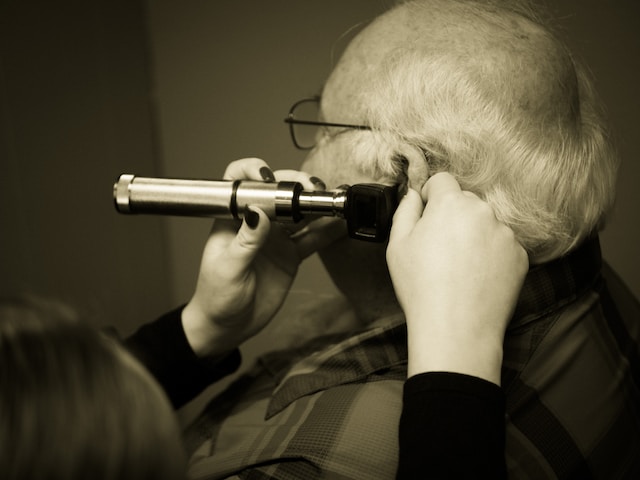Navigating social situations can present unique challenges for individuals with deafness communication disorder. However, with the right strategies and a supportive environment, these challenges can be overcome, fostering effective communication and inclusive interactions. In this article, we explore practical tips and strategies for navigating social situations with deafness communication disorder, empowering individuals to actively engage in social settings and break down barriers.
- Advocate for Communication Needs: It is essential to advocate for your communication needs in social settings. Educate others about your preferred communication method, whether it’s sign language, lip-reading, or written communication. Encourage people to face you directly and speak clearly, making it easier for you to understand their words. By expressing your needs confidently, you can create an inclusive environment that supports effective communication.
- Utilize Visual Cues: Visual cues can be powerful aids in communication. When engaged in conversations, pay attention to facial expressions, body language, and gestures, as they provide valuable context and enhance understanding. Additionally, using gestures, pointing, and written notes can facilitate effective communication and bridge any gaps in understanding.
- Foster Patience and Empathy: Social interactions require patience and empathy from all participants. Encourage others to be patient while you process information and respond. Similarly, practice empathy by understanding that communication may take longer or require additional effort. By fostering an environment of understanding and patience, social interactions become more inclusive and enjoyable for everyone involved.
- Seek Support: Utilize available resources and support systems to enhance your communication experience. Consider joining support groups, where you can connect with others who share similar experiences and exchange tips and strategies. Additionally, explore assistive technologies, such as speech-to-text apps or hearing assistive devices, that can aid in communication in various social settings.
- Educate Others: Take opportunities to educate others about deafness communication disorder and the strategies that facilitate effective communication. By raising awareness and sharing your experiences, you help dispel misconceptions and promote understanding within your social circles. Increased awareness leads to more inclusive and accommodating social environments for individuals with deafness.
- Practice Self-Advocacy: Develop self-advocacy skills to confidently communicate your needs and preferences. Clearly express what works best for you in different situations and environments. Remember that you have the right to access communication and fully participate in social interactions. By advocating for yourself, you empower others to become more aware and considerate of your communication needs.
- Build a Support Network: Surround yourself with a supportive network of friends, family, and professionals who understand and respect your communication needs. Having individuals who champion your inclusion and offer assistance when needed can boost your confidence and create a sense of belonging in social settings.
- Continuous Learning: Never stop learning and honing your communication skills. Participate in workshops, classes, or online courses that focus on communication techniques specific to deafness communication disorder. Develop new strategies and stay updated on the latest assistive technologies that can further enhance your social interactions.
As journalists, it is crucial to shed light on the challenges faced by individuals with deafness communication disorder and provide practical strategies for navigating social situations. Thorough research, interviews with experts, and first-hand accounts from individuals with deafness ensure accurate and informative reporting. By amplifying the voices of the deaf community and fostering understanding, we can contribute to a more inclusive and empathetic society.
In conclusion, navigating social situations with deafness communication disorder requires a combination of self-advocacy, support, and effective communication strategies. By advocating for your needs, utilizing visual cues, fostering empathy, seeking support, and educating others, you can actively participate in social interactions and break down communication barriers. Let us strive to create inclusive environments where everyone, regardless of their communication abilities, can engage in meaningful connections and feel empowered in social settings.




